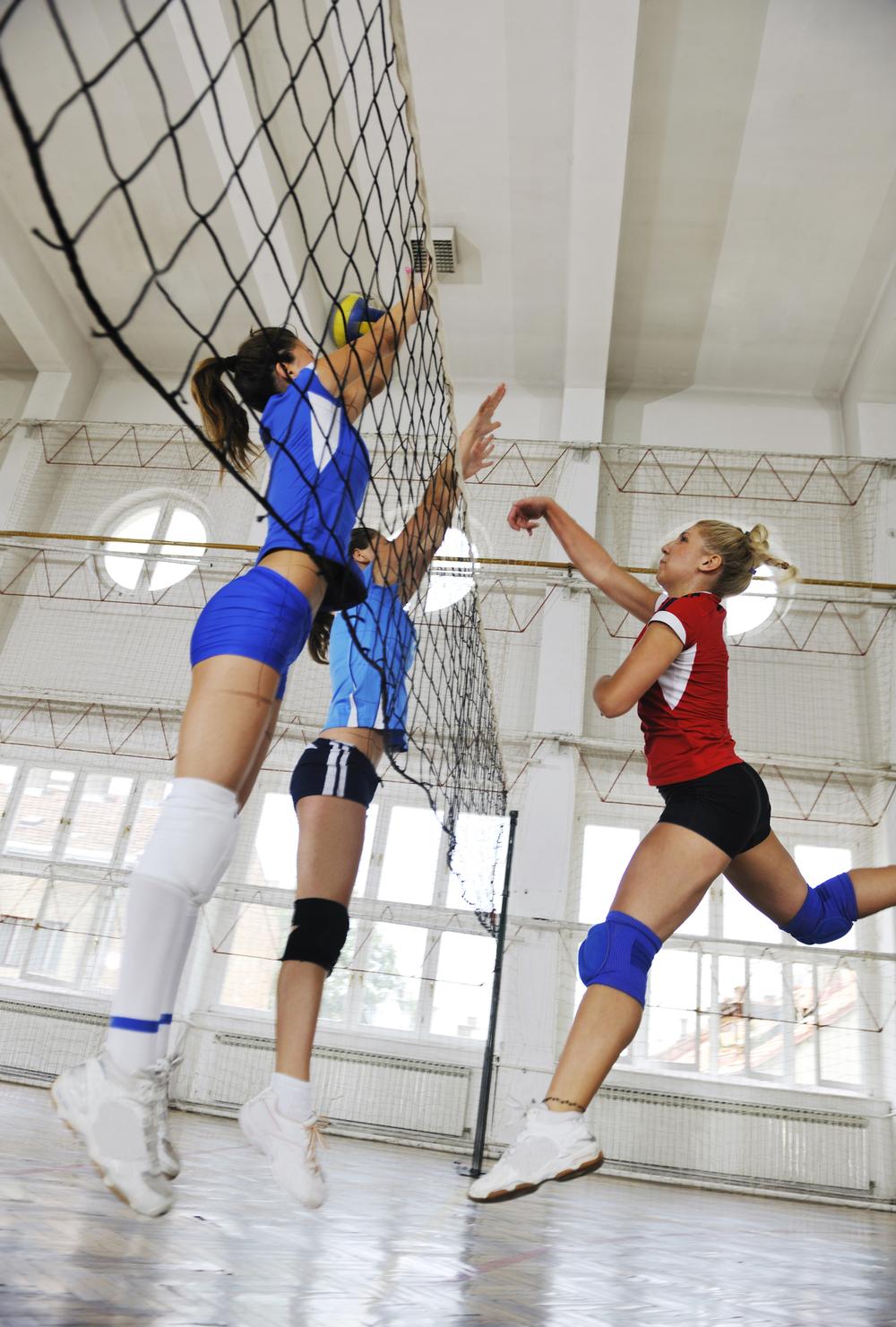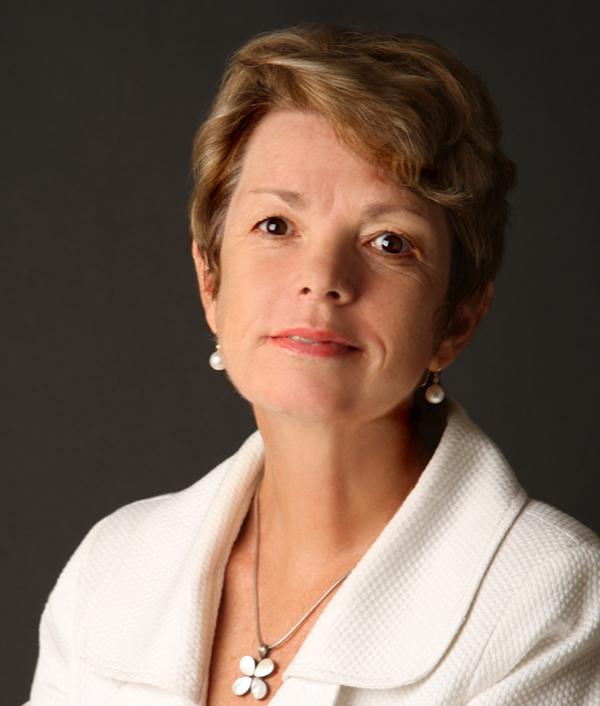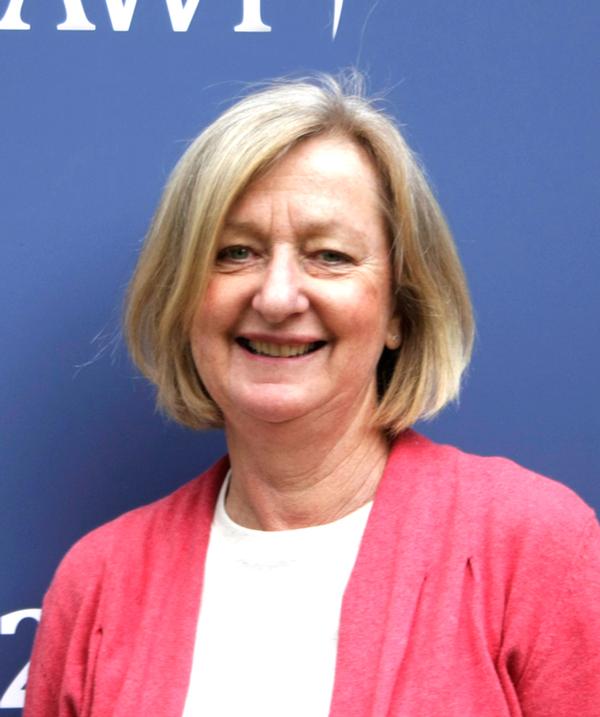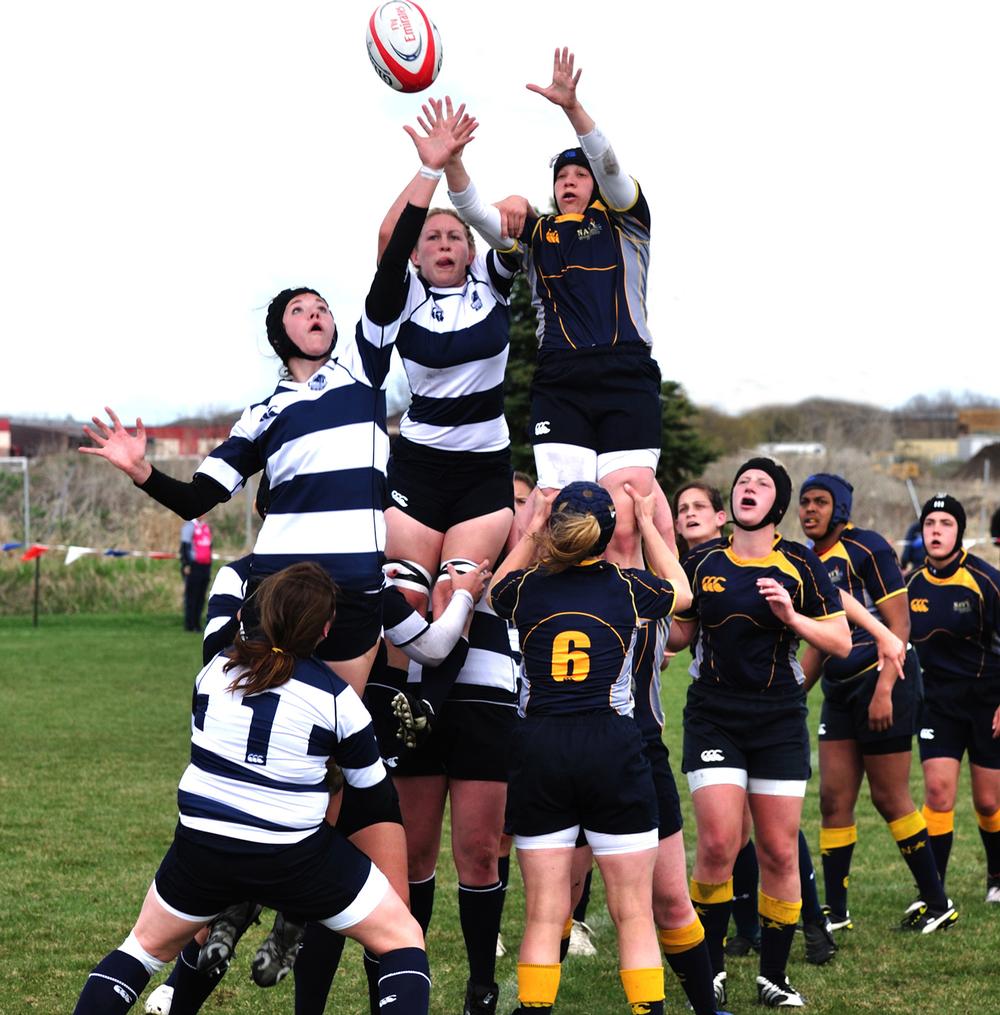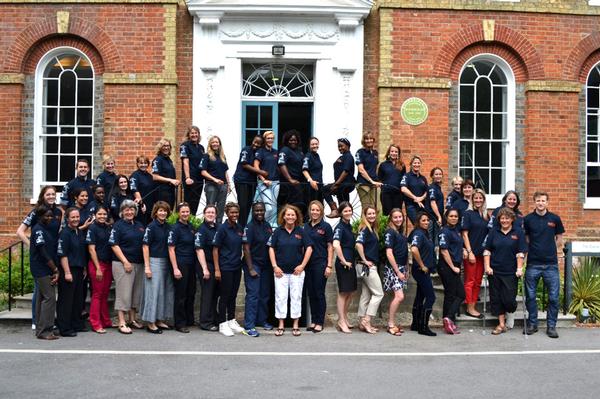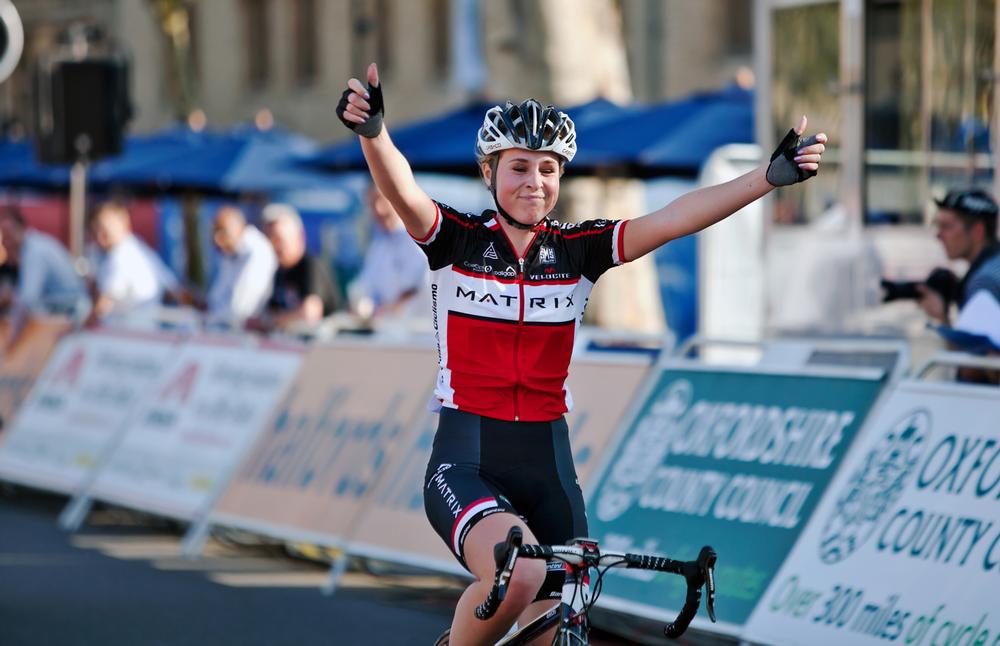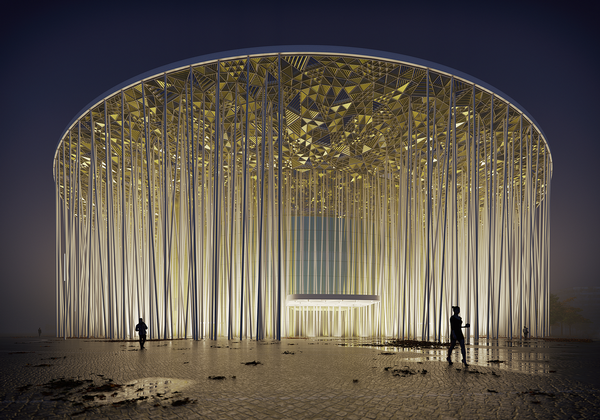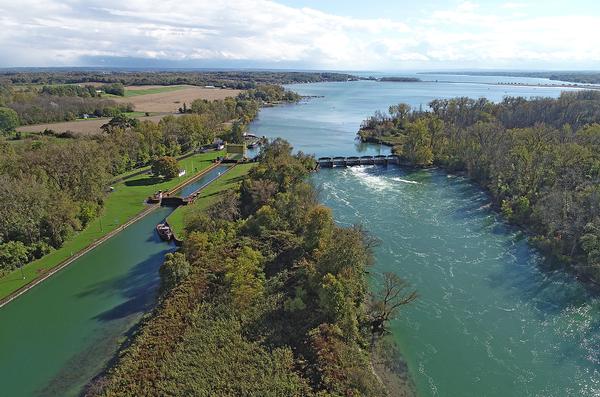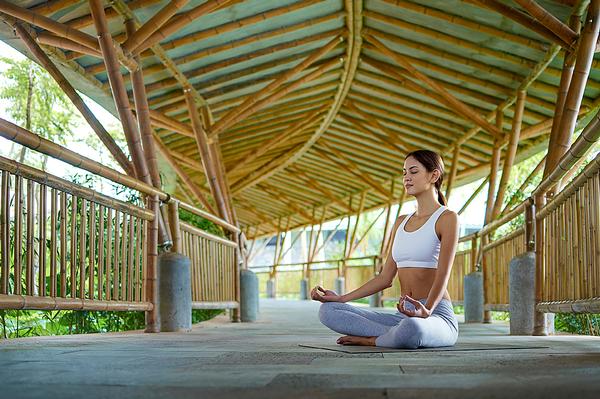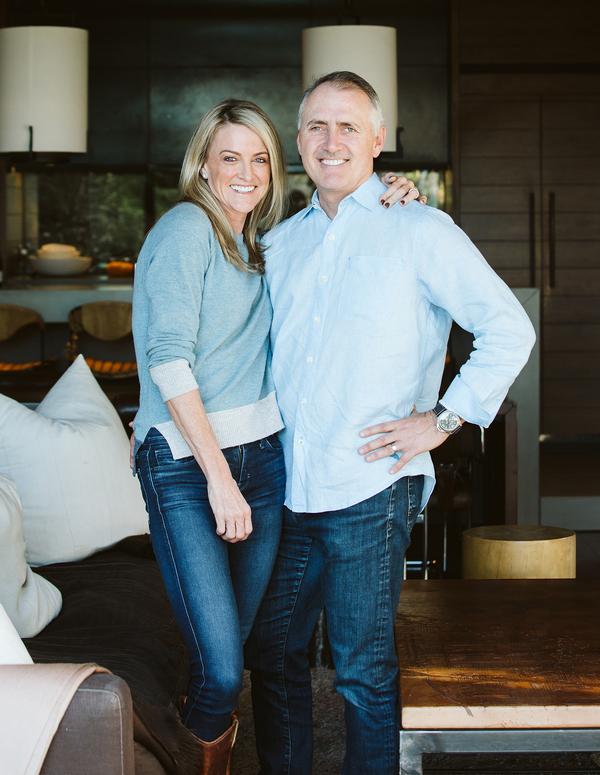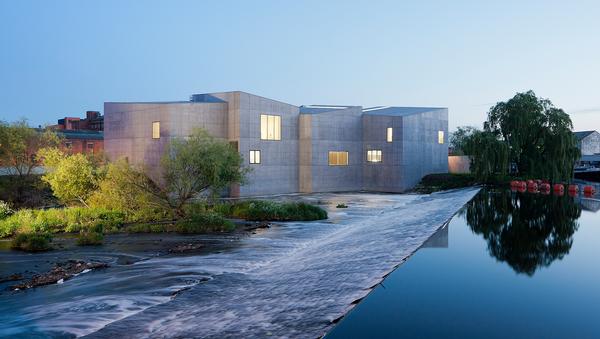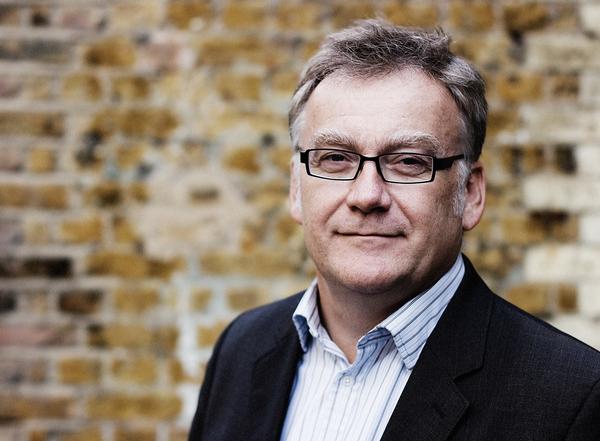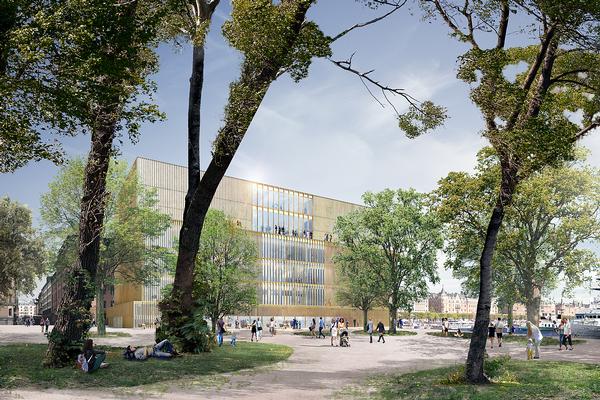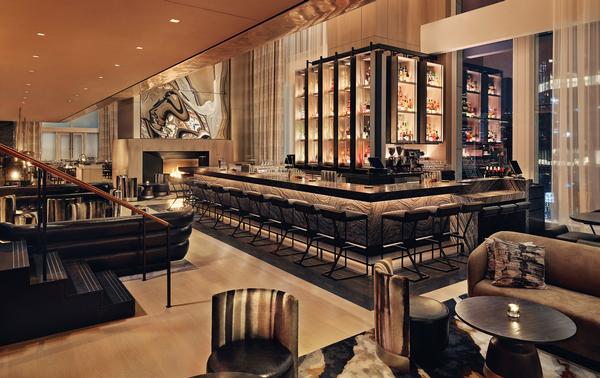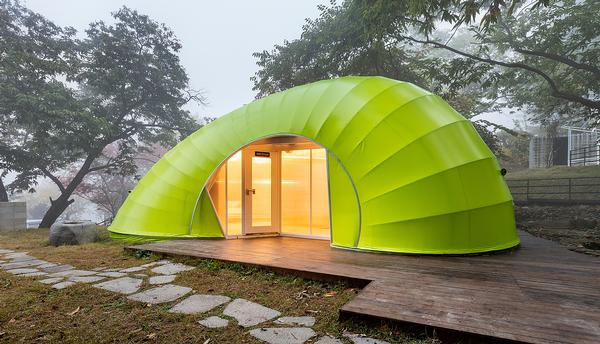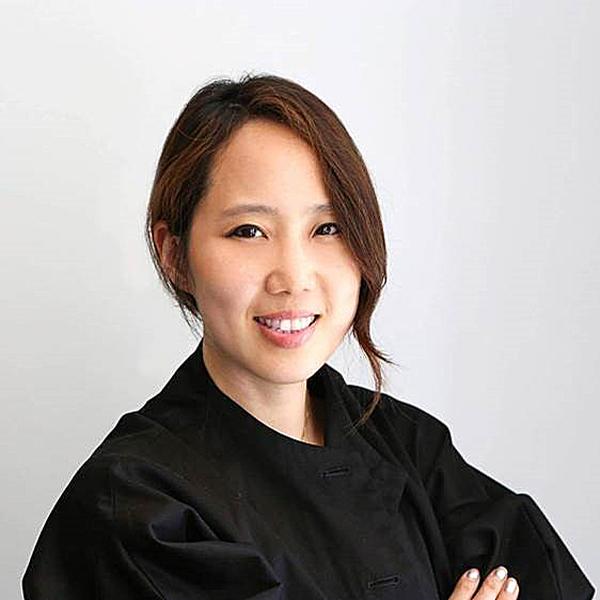Women in sport
Equal Opportunities
Around 80 per cent of the UK's women do not meet the government's targets for physical activity, while only 7 per cent of all sports media coverage is devoted to women's sport. Something needs to change
There remain stark differences between men’s sport and women’s sport. At the elite level, women’s sport gains much less sponsorship and media coverage, while prize money is also lower. At the grassroots level, participation by women is significantly lower than by men.
Gender inequality can also be found within the corridors of power – a look at the many international sports federations reveals that, on average, only 15 per cent of board members are women. The International Olympic Committee, the torch bearer for all sport, has an executive board of 15 members – only four of them are women. Even worse is FIFA, the governing body for the world’s most popular team sport, football. It has an executive committee of 24 people, but only one female (Burundi's Lydia Nsekera).
“While some barriers for women’s participation and leadership in sport vary from country to country – such as those relating to a lack of facilities, for example – there are also barriers that are global and can be found in most nations,” says Johanna Adriaanse, senior lecturer at the University of Technology Sydney, Australia and a leading academic on women in sport and gender equality. “One of these universal barriers is gender stereotyping – the perception that sport is only for men. This stems from history. Not so long ago, sport was pretty much entirely played by men, organised by men and watched by men. The influence of this can still be seen in the attitudes towards women’s sport. To change these cultural and traditional patterns takes a lot of time and effort – you won’t be able to change those overnight.”
GRASSROOTS
The stereotype that sport is a masculine activity can lead to women’s sport being treated as an afterthought. This attitude can have a devastating effect on participation, particularly among young girls, if their initial experiences of sport are negative. There is evidence to show that young girls are being put off sport due to a poor standard of school sport. According to the Women’s Sport and Fitness Foundation’s (WSFF) Changing the Game for Girls report, 51 per cent of girls in the UK have been deterred from physical activity by their experiences of school sport and physical education.
For Adriaanse, getting sport right at grassroots is crucial. “In more developed nations, a key way to encourage participation is providing good physical education at schools – that is where you lay the foundations for sport to become part of people’s lives,” she says. “This is particularly important with young girls, as they are less likely to take part and get involved in unstructured sports outside school – such as skateboarding or games of football in the park among friends.”
It is not just the overall standard of PE that is letting down girls – it's the lack of choice offered to girls. WSFF’s figures show that 46 per cent of inactive girls said they gave up on sport due to not liking the activities they got to do during PE lessons at school. Those girls who have been let down by school sport grow into young adults who see little value in taking part.
According to Dr. Anita White, founder of the Anita White Foundation and a pioneer in the international women and sport movement, the lack of choice is a crucial issue – especially when it comes to sport and leisure centres.
“There needs to be better understanding and awareness of women as consumers,” White says. “It has to be about what girls want. It comes down to good service practice – facility operators and clubs need to look after their consumers, their market, and say: ‘why aren't we attracting women?’.
For White, facilities and those who manage them are in a key position to ensure that women are offered activities that fit in with their lifestyles – just as men are. “When it comes to facilities, you need to take women into account in the design, development and management of the spaces,” White says. “With the modern sports centres we have in the UK, I see the management being the key issue. Are there, for example, enough people who are willing, knowledgeable and able to deliver sports for women and girls?
“I’d urge leisure managers and sports centre staff to evaluate their offering through a gender lense. What facilities do they have? Who is using them? Who is managing them? Are they reaching all the women they could reach? Are they reaching all of their potential markets – and if not, why not? How are they presenting themselves? What programmes do they have?”
GLOBAL ISSUES
There are many countries in which women face an even higher number of barriers to taking part in sport and physical activities. Cultural norms, traditions, beliefs and social practices which class women as somehow inferior or weaker to men contribute towards putting up obstacles for millions of women across Africa, Asia, south America and the Middle East.
Although an increasing number of moderate and developed countries are emerging from these regions, investment in facilities often lags behind demand.
“Lack of facilities is a huge barrier in Israel,” says Michal Cafrey, chair of Athena – Israel’s National Council for the Advancement of Women in Sport. “We simply don’t have enough.”
To solve the problem, in 2010 the Israeli government launched the Sports Facilities Programme 2020 – a funding initiative that looks to spend NIS5.5bn (US$1.5bn, €1.2bn, £900m) over a decade on building hundreds of sports facilities, principally for young people. Cafery says what's encouraging is that the emphasis will be on creating spaces that will considerably extend the hours available to play sport.
“Programme 2020 will involve installing artificial playing surfaces and also add floodlights to pitches – which means that all the new facilities will be available later into the night.” she says. “This will be of great help to women and girls, as one of the main obstacles is the huge gap in the hours that are allocated to men and women – most premium time slots are preserved for men’s sport.”
Like White, Cafery is keen to make sure the new facilities – once open – will better take into account the needs of women. “The time-sharing issue is where the education of the facility operators and owners comes in,” she adds. “We need to make sure facility operators are aware of the need to cater for women as well as for men.”
One thing is certain – the inactivity of women and girls, especially those in poorer communities, is not a result of lack of interest in sport. According to WSFF’s Changing the Game for Girls report, there is a greater demand for sport from women than men, with 12 million women in the UK wanting to play more sport - half of whom are currently inactive. These figures are mirrored in similar studies around the world. Women want to do more – but feel they are unable to.
“I think it’s a case of making sure everybody who's involved in sport is aware and mindful of the need to push the women in sport message,” says White. “Whether it is a PE teacher working in a school, making sure there are enough choice to offer every girl something they want to do; or if it’s a member of an international federation of sport, making sure that the competition structure is right so there's development of the game and more women are participating in the sport in more countries – also that the prize money and awards are equalised.”
LEADERSHIP
For many, the key to changing the way women’s sport is organised, played and viewed is to enable more women leaders. For Adriaanse, having female representation is crucial to ensure the needs and requirements of women are taken into account. “The barriers to participation are directly linked to the leadership issue,” she says.
“There need to be women among the people who provide the programmes, develop policy guidelines and allocate resources. It’s the only way to ensure the programmes which are developed actually meet the needs of the girls and women.”
There is clear room for improvement. In England, WSFF’s latest Trophy Women report – an annual look at the number of women leaders within English sport – shows there's been an increase in female representation across NGB boards and senior management teams. In its conclusions, however, the report states that the increase in the overall percentage of women on NGB boards, from 23 per cent to 27 per cent, is not significant enough to “create balance or to have a genuine and sustainable impact”. The report also reveals that the overall average hides the fact that 49 per cent of NGBs fail Sport England’s minimum target of having 25 per cent of board members female. Worryingly, three NGBs – British Cycling, Wheelchair Rugby and British Wrestling – have no female board members.
Ruth Holdaway, CEO of WSFF, states that while Sport England’s target to have 25 per cent female representation on each board by 2017 is a step in the right direction, at least 30 per cent female representation is needed in order to lead a genuine, sustained change. “Reaching a 30 per cent diversity threshold by 2017 is entirely possible,” Holdaway says.
“There is a wide and varied pool of talented women open to and actively seeking leadership roles in sport. It simply requires committed leadership which places a priority on achieving gender diversity at all levels of the organisation.”
For Anita White, targets are good as long as they are met – which often is not the case. She would introduce measures to make sure recommended targets aren’t just that – recommendations and not action.
“There have been targets for ages for British NGBs in terms of gender representation – but the targets have consistently not been met,” she says. “The thing is, if you are trying to bring about social change, you need to have incentives and you also need sanctions as a balance.
"The funding of NGBs is now linked to participation, but I’d like to see funding agencies building in the gender factor too. I believe funding of NGBs should be tied to gender targets both in management and in participation.”
CULTURAL CHANGE
For White, there isn’t one easy way to empower women in sport, it's a very complex situation – a view mirrored by many. For the gap to be narrowed between women's and men’s sport at all levels – media coverage, prize money, grassroots participation – there need to be changes at a societal level. More emphasis should be placed on offering young girls choice and making sure there is a female voice at all levels of decision making.
“It’s not the case that there is one single barrier and by removing it everything will follow. There is no quick fix,” she says. “What we need is a comprehensive approach where we work to permeate all the different aspects of sport in order to move towards equality.”
“There’s a need for us to work on all levels and on all aspects of sport in order to try to change things. Sport is part of society and you have to address issues of culture and structure in order to make change. The first thing to work on is the awareness and recognition of inequalities that currently exist. A lot of people don’t ask those questions, they just take sport for granted without really looking at it and asking 'is this as good for women and girls as it is for men and boys'?”
Girl Power
Sport England’s research shows that the main things motivating women to play sport are:
- the opportunity to take part with friends
- a non-competitive atmosphere
- girls-only sessions
- the support of family
- links between sport-provider and trusted partners such as faith groups
- availability of childcare
- flexible timing
- safe and comfortable environments
The success of rugby
While female participation in rugby has traditionally been low among women, a comparatively large proportion of women attend rugby games. The Rugby Football Union (RFU) tapped into this by developing a women’s strategy that looked to translate female rugby fans into rugby players. The scheme modified forms of the game and RFU figures show that since 2004, female participation has increased by 90 per cent.
Anita White Foundation (AWF)
Launched in 2011 and based at the University of Chichester, the AWF is a central point of reference for scholars and activists involved with women and sport. It offers research opportunities for sports scholars as well as a development fund for future women leaders from countries that face particular challenges.
Details: http://lei.sr?a=S1Y0m
Email: [email protected]
